Gearing up, departing squadron, and stepping procedures with U.S. Air Force Capt. “Smoke”, 94th FS Pilot.
03.26.2021 Video by Staff Sgt. Ericha Fitzgerald Joint Base Langley-Eustis Public Affairs
Gearing up, departing squadron, and stepping procedures with U.S. Air Force Capt. “Smoke”, 94th FS Pilot.
03.26.2021 Video by Staff Sgt. Ericha Fitzgerald Joint Base Langley-Eustis Public Affairs
U.S. Marines with Marine Wing Support Squadron (MWSS) 171 refuel a U.S. Air Force F-16D Fighting Falcon with the 13th Fighter Squadron on Marine Corps Air Station Iwakuni, Japan, Feb. 24, 2021.
Marines with MWSS-171 are able to rapidly set up forward arming and refueling points in austere environments to provide fuel and munitions to a variety of aircraft that operate in support of a free and open Indo-Pacific.
IWAKUNI, YAMAGUCHI, JAPAN
02.24.2021
Video by Lance Cpl. Evan Jones
AFN Iwakuni
VMX-1 at New River is preparing the CH-53K for its entry into service.
The CH-53K will replace the CH-53E “Super Stallion,” which has served the Marine Corps for 40 years, and will transport Marines, heavy equipment and supplies during ship-to-shore movement in support of amphibious assault and subsequent operations ashore.
Last December, there was a chance to visit New River and to talk with VMX-1 about the way ahead for the path to IOC for the CH-53K.
In an interview with Lt. Col. Frank, officer in charge of the CH-53K Operational Test Detachment at VMX-1, the officer underscored:
“It is crucial to have a CH-53 fleet that works effectively as it is a unique capability in the USMC crucial for our way ahead operationally. It is the only aircraft we have that can move an expeditionary brigade off of our amphibious ships.”
He underscored as well that the aircraft is well along the path to IOC.
“We’ve had a lot of time with the aircraft. Our Marines have been working on it for two years now. During logistics demonstration, we took the publications, which were in their infancy, and we went through every work package.
“The bulk of the Marine Corps’ CH-53K personnel, equipment, aircraft, and support will be located at VMX-1 when the Marine Corps declares the CH-53K program is IOC.”
This month, VMX-1 began multi-CH-53K training flights which will allow the command to ramp up flight hours for its preparation for the entry into service of the CH-53K.
Marines now have three production aircraft at New River and are working the final leg of testing prior to entry into service in 2023.
A fourth aircraft will join VMX-1 to enable a four-ship VMX-1 squadron to work the test regime.
The photos of this activity is credited to VMX-1
.
By Robbin Laird
While reshaping how it will operate in the future, II MEF has to be ready to fight now. And to do so for 2nd and 6th Fleets as well as EUCOM. This means reshaping what it can do but to rework how it is integrated with the NAVY and the evolving joint force.
During my visit to II MEF at Camp Lejeune, I had a chance to discuss with the leadership at the MEF on the challenges of so doing and shaping a way ahead. I have also had the chance with my colleague Ed Timperlake in visiting Second Fleet, to discuss with C2F leadership the challenges of working a co-evolution with the USMC, and with the Nordics on what they view as the kind of force engagement by the Navy and Marines which dovetails most effectively into their own force transformation and reworking of European defense. These are three trajectories in motion and the challenge is to work effectively ways to ensure convergence on effective approaches.
During my visit to Camp Lejeune, I had a chance to discuss the challenges of shaping the way ahead with Col. David S. Owen, the Assistant Chief of Staff for Operations (G-3) and LtCol Jon Erskine. For an enhanced focus on working with the U.S. Navy both officers have significant relevant experience. Among other aspects of his background, are several years of at sea experience with MEUs, and on carriers. With regard to LtCol Erskine, he was a Navy surface warfare officer who later became a Marine.
The current USMC Commandant has highlighted the importance of integration with the U.S. Navy as it focuses on the high-end fight. And to do so by finding ways for the Marines to operate in the weapons engagement zone or the WEZ. Another way to put this is to shape the ability of the Marines to operate as an “inside” force to support the “outside” force.
As the discussants at the Future Amphibious Forces, 2020 Conference last December put it, in working these kinds of issues the key question is both the strategic and tactical purpose of force redesign. As the moderator of the day, a noted former British General, highlighted at the end of the day, “We have had a very good conversation throughout the day about the future of amphibious forces.”
But as he also noted, the key challenge really was to sort through where one wanted to take those forces in terms of “what kinds of wars or conflicts were being prepared for or prioritized.”
His question underscored the core challenge facing any discussion of the way ahead for Maritime special forces or amphibious forces: What is their role in the high-end fight?
What is their role in crisis management?
And how related are the answers to these two questions?
Put another way, focusing on amphibious forces and their future quickly takes one into the realm of warfighting capabilities now, the next five years and the decade ahead.
In turn, the question is posed as well with regard to what capabilities are desired and for which concepts of operations to shape what kind of warfighting outcome?
In other words, there is no single force design which will easily embrace the range of options or be able to answer the question of prioritization for the warfighting approaches for the high-end fight.
As Col. Owen put it quite clearly in our discussion, “Above all, even if we are focused on enhanced naval integration, what we are really focused on is warfighting and how best to do it.”
It is clear that figuring out how the Marines can fight, survive and best deliver a desired combat effect while operating in the WEZ is challenging. As Col. Owen put it: “We need to figure out how best to operate within the WEZ. We have operated as MAGTFs, and MEUs and that entails bringing a force that is wholly. Capable. A MEU is a little suitcase of MEF-wide capabilities that can deliver scalable effects. It is a Swiss Army Knife. With a focus on the inside force approach, we are acting as an enabler for the joint or coalition force. How best to do so?”
One way to look at the force re-configuration is for a Marine Corps formation to operate, as Col. Owens noted, “to facilitate decisions in a larger kill web. For example, a Marine Corps Reconnaissance force could be part of a larger formation with tentacles which it extends to enable the force either through its own resources or tapping into other capabilities, such as the P-8.”
For LtCol Erskine, as a former SWO, he has very relevant domain expertise to work the problem of how Marines can contribute to a distributed kill web firing solution. He underscored the importance of working the sensor/shooter “mesh.” As he noted: “How do you connect any sensors on the battlefield to provide targeting quality data into a system and route it to the right decision-maker who has the authorities to either employ that weapon or coordinate it with other fire-decision authorities?”
If one is putting Marines inside the WEZ with strike weapons, those weapons clearly need to be integrated with the other services, to ensure that combat effectiveness is the outcome, rather than fratricide, negative impacts on the tactical situation or impacting negatively on the strategic crisis management decisions which need to be made as well in a conflict situation.
Marines in a kill web reconnaissance situation as an inside force might be aides to the process of finding targets and then passing those targets to the right shooter and use an asset they do not even own. As LtCol Erskine highlighted: “You could reach out to a JSF that’s in your engagement area, or you could reach out to a ship at sea or any aircraft flying through your airspace to pass the appropriate data for a firing solution. It may not even work for you as a Marine Corps unit.”
In effect, the goal is for the Marines to work with the joint and coalition force to shape a “fires network of things.”
For enhanced Navy and Marine Corps integration, clearly one challenge to be met is how to shape an integrated maritime campaign. How do you coordinate fires on land with fires at sea? As LtCol Erskine underscored the challenge: How do I provide those fires in support of the fleet from land-based capabilities and vice versa?”
As VADM Lewis put it in our discussions with Second Fleet, he put this challenge as one of enabling the fleet and the joint and coalition force to be able to operate either as supporting or supported elements dependent on the combat situation. Shaping such a flexible combat capability is clearly a work in progress, and when where II MEF and C2F are key innovators in shaping a way ahead.
Featured Photo: U.S. Marine Col. David S. Owen is presented the Legion of Merit during a change of command ceremony for II MIG on Camp Lejeune, N.C., June 7, 2018. Owen relinquished his command of II MIG to Col. Jordan D. Walzer. (U.S. Marine Corps photo by Lance Cpl. Caleb T. Maher)
By Robbin Laird
As the Marines work with the U.S. Navy to reshape capabilities for the maritime fight, two key elements for successfully doing so are the right kind of C2 for distributed integrated operations and logistical capabilities to support such a force. The logistics piece is not an afterthought, but a key enabler or disabler for mission success.
With a sea-based force the force afloat has significant capability built in for initial operations, but the challenge is with air and sea systems to be able to provide the right kind of support at the right time and at the right place.
Engaging in operations against a peer competitor means that the force needs to be able to operate end to end in terms of secure communications and logistics. Ensuring an ability to operate from home ports or allied ports is part of the security challenge; finding ways to use air systems to move key combat assets to the various pieces on the operational chessboard in the Atlantic is crucial; and having well placed and well protected stockpiled supplies which can be moved to support the force is a key part of the overall logistics puzzle which needs to be solved.
I had a chance to discuss these challenges during my visit to II MEF in April 2021 with LtCol Perry Smith, the senior strategic mobility officer. He and his team focus on the end-to-end supply to the force, through air, sea and ground movements to deploying or deployed forces. As he noted, the Marines work end to end transportation which means that “the embarkers at the units actually do all the preparation for their own equipment, do all the certifications, do all the load planning, and move their units out.”
But when force mobilization occurs for the joint force, the Marines are competing with the other services for lift support, and in North Carolina this means that they are competing with 82nd Airborne Division “for the same ports and airfields.”
The logistics piece has two key elements. First, there is the ability to support the initial deployment of the force. And secondly, there is the challenge of sustaining the force going forward?
For the Marines, the logistics piece comes in two parts, namely, support afloat and support ashore, so there is a “naval slice and a ground slice.”
For operations in the Atlantic AOR, the Marines are working with the Navy as well as key allies to work the logistics supply chain in a dynamic combat situation. This means that they need not only to work closely with the U.S. Navy but to be able to work closely with the support structures of key NATO allies in the support of European operations, including in the High North.
The Trident Juncture 2018 exercise provided an opportunity to work closely with the Norwegians on finding more effective ways to work with their domestic transportation systems, including capabilities like Norwegian ferries, to move equipment and supplies into the operational areas.
As LtCol Smith put it: “What I saw at Trident Juncture was their willingness to make this plan work because they have to. I think they depend on us in a time of need to be able to do reception staging, onward movement, and get to the point where we can back them up in a fight if we needed to.”
And to do this requires shaping as seamless as possible a logistics supply line.
As CNO Richardson stood up the Second Fleet, a key focus was on incorporating the High North into the shaping of new defense capabilities. To do so from a USMC point of view is challenging because of limited logistical infrastructure and the clear need to rely on air systems with fairly long legs, which means the Osprey and the coming CH-53K.
There is also the challenge of the environment.
As LtCol Smith highlighted: “In the Pacific, you don’t have the problems we have in the High North with sub-zero temperatures with 24 hours of sun in the summer and two hours of daylight in the winter.”
The Norwegians are very competent in such conditions and the Marines have a lot to learn from them, and leveraging the kind of clothing, and telecoms equipment which they deploy with would make a great deal of sense.
As LtCol Smith put it: “How do we take advantage of the knowledge of our allies and leverage their capabilities for our forces to enhance our own survivability and lethality?”
The communication challenges are significant. As you operate from sea, and work with an expeditionary base, linking the two is a challenge, which requires having an airborne capability to link the two.
When looking at the North Atlantic arc from North Carolina to the Nordics, strategic mobility is delivered by a triad of airlift, sealift and pre-positioning. Where best to pre-position? How best to protect those stockpiles? And how to move critical supplies to the point of need rapidly?
Reworking the Marine Corps force to work more effectively with the U.S. Navy requires a reset of the logistics enterprise.
But with the Navy in flux, the USMC in flux, and the strategic environment in flux, and our allies in flux, how do you shape effective convergence for effective combat capability?
As LtCol Smith articulated the challenge: “How do you shape convergence of your technology, your tactics, your techniques and procedures with the assets which are available to an effective combat force?”
Good question. That is challenging with the force you have, let alone for some future force.
What can be too easily overlooked is that adding new platforms, deliver new capabilities only if they can be used by the operating forces effectively and in a sustained operating environment.
Featured Photo: U.S. Marine Lance Cpl. Clay Weedman, an embarkation specialist with 2d Marine Division, ties down a vehicle onto a rail car in preparation for Operational Logistics Exercise on Marine Corps Base Camp Lejeune, N.C., April 13, 2021. During OPLOGEX, U.S. Navy and Marine Corps forces will transport material and equipment on rail and ship and conduct pier-side offload of the USNS Williams at Blount Island command, Fla. (U.S. Marine Corps photo be Lance Cpl. Samuel Lyden)
In an article published by II MEF on April 15, 2021, the latest logistics exercise conducted by II MEF was highlighted.
MARINE CORPS BASE CAMP LEJEUNE, NORTH CAROLINA – U.S. Marines with II Marine Expeditionary Force began Dynamic Cape 21.1, a live maritime prepositioning exercise that includes an Operational Logistics Exercise with a subsequent final exercise event, taking place from Apr. 7-28, 2021.
As a part of DC 21.1, 2d Marine Expeditionary Brigade, II MEF, and Combat Logistics Regiment 2, 2nd Marine Logistics Group, are participating in an OPLOGEX taking place across the eastern United States.
Locations hosting the exercise include Camp Lejeune, North Carolina; Military Ocean Terminal Sunny Point, Wilmington, North Carolina; and Blount Island, Florida.
During the OPLOGEX, U.S. Navy and Marine Corps forces will transport materiel and equipment on rail and ship and conduct pier-side offload of the USNS Williams at Blount Island Command, Florida. II MEF will also maintain an element in Camp Lejeune, North Carolina to command and control the offload while rehearsing the command’s ability to deploy, employ, and redeploy a forward element.
This exercise facilitates the rapid deploy-ability of scalable naval expeditionary forces in support of major combat operations. Marines and sailors train to increase critical expeditionary capabilities and facilitate bridging the seam between operations on land and sea.
U.S. Marine Corps Col. David R. Everly, the commanding officer of 2d MEB, said units are prepared to coordinate and respond to any situation when it comes to logistics.
“They’re ready to respond to any crisis,” he said. “An exercise like this is just another opportunity for us to show that we have a focus on all different spectrum of challenges that are hitting us, and we’re ready to respond.”
The OPLOGEX provides an opportunity for II MEF to develop, refine, and test portions of theater opening and force deployment processes to gain MEF-level warfighting proficiency and readiness.
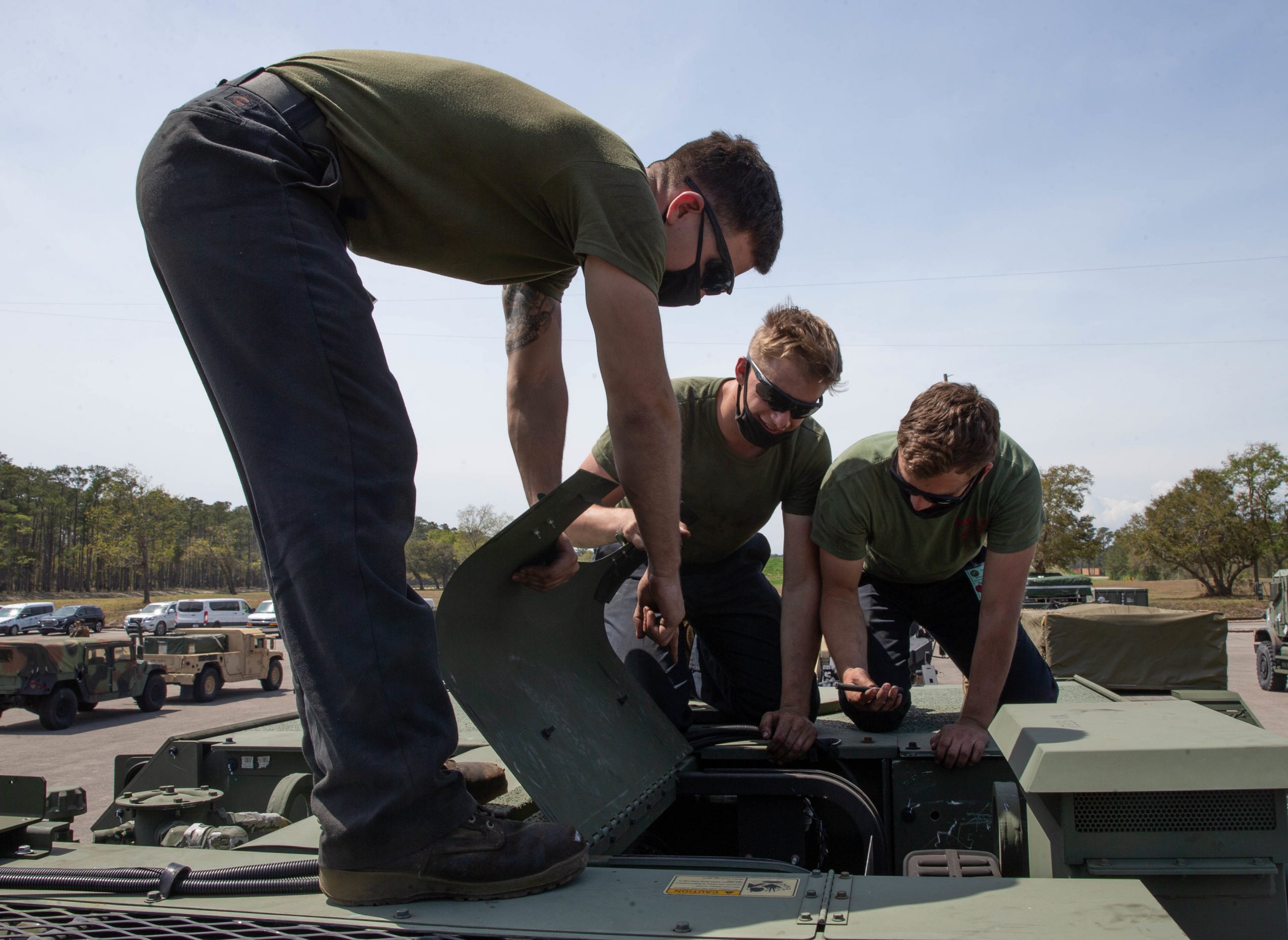

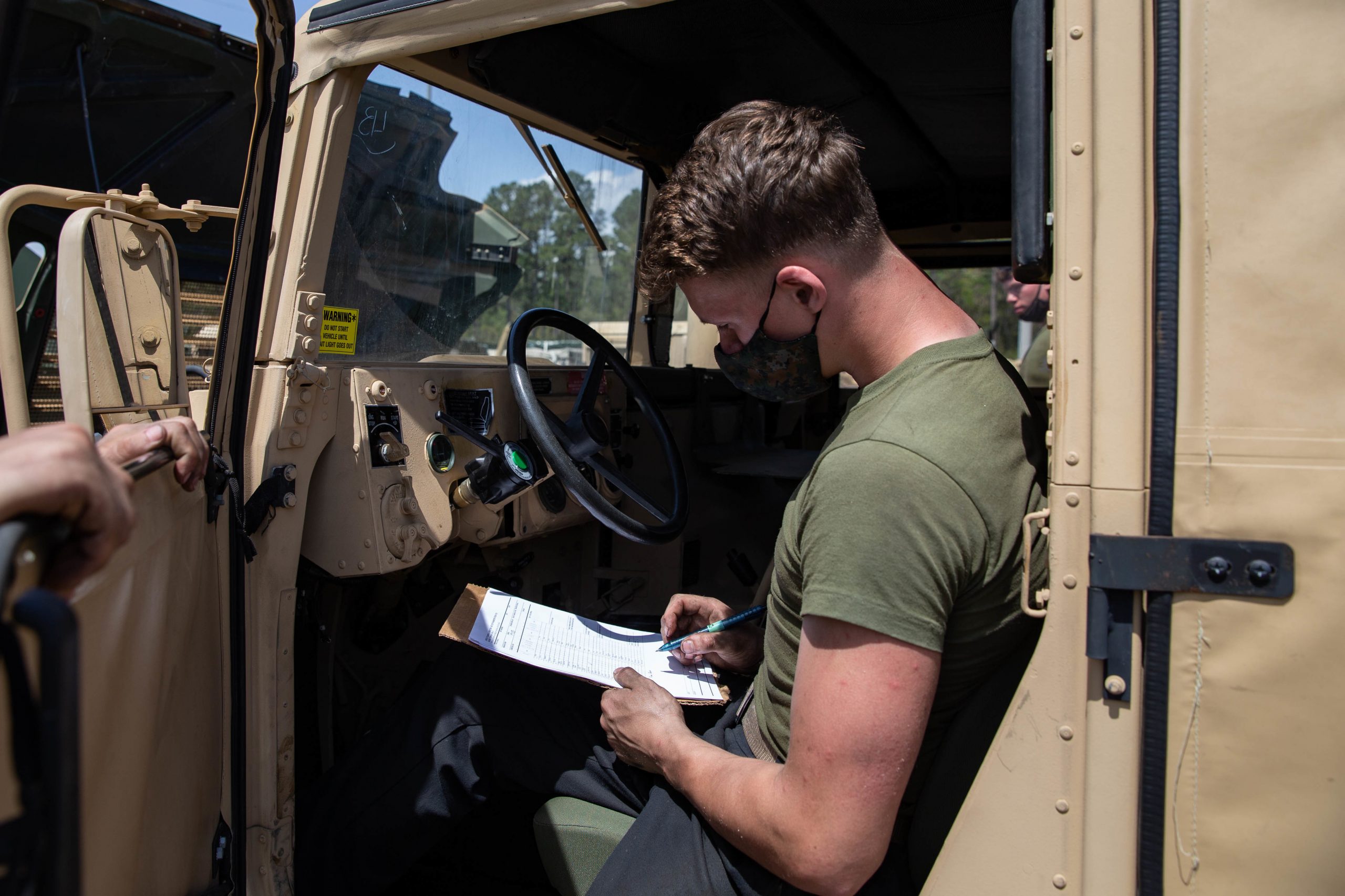
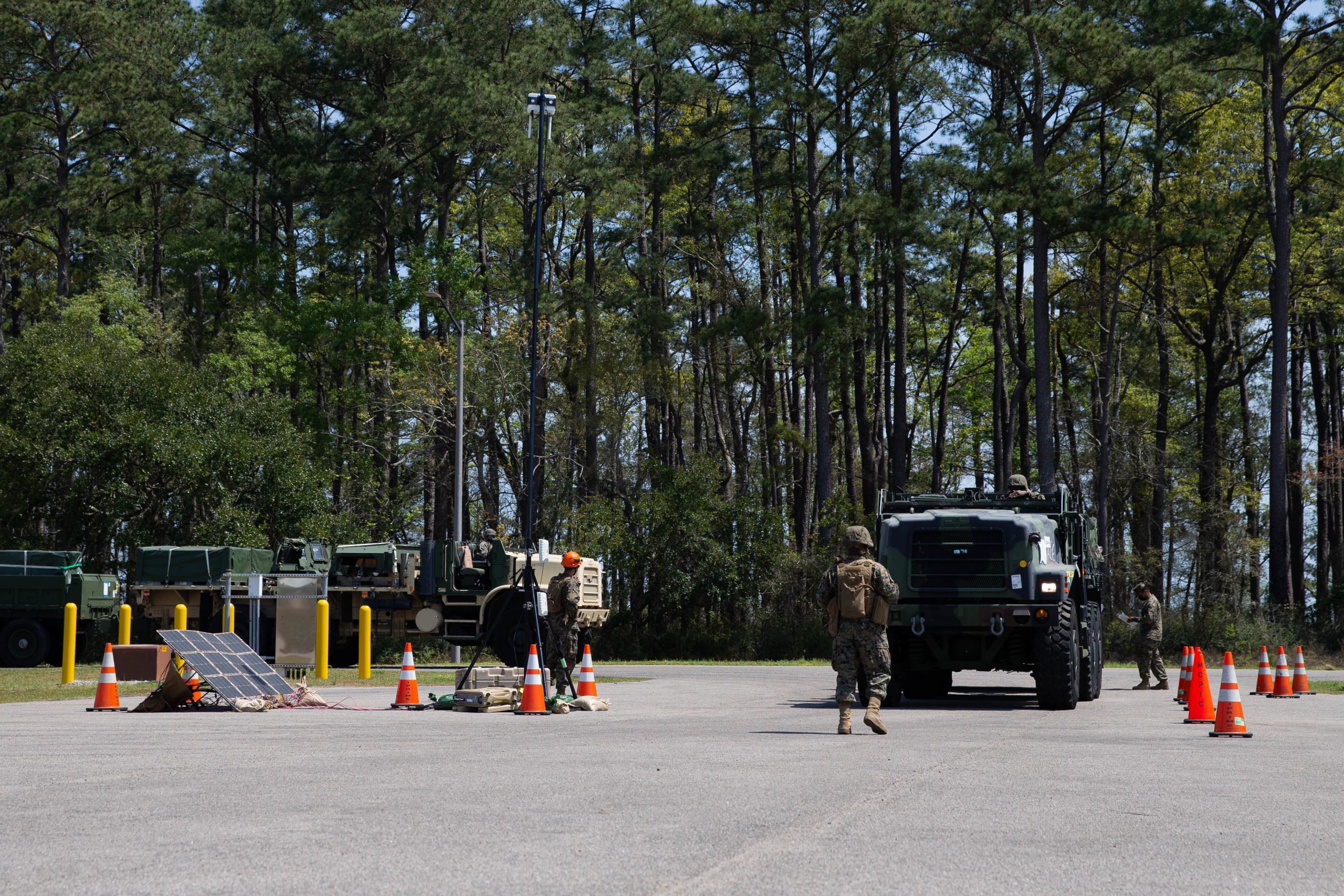
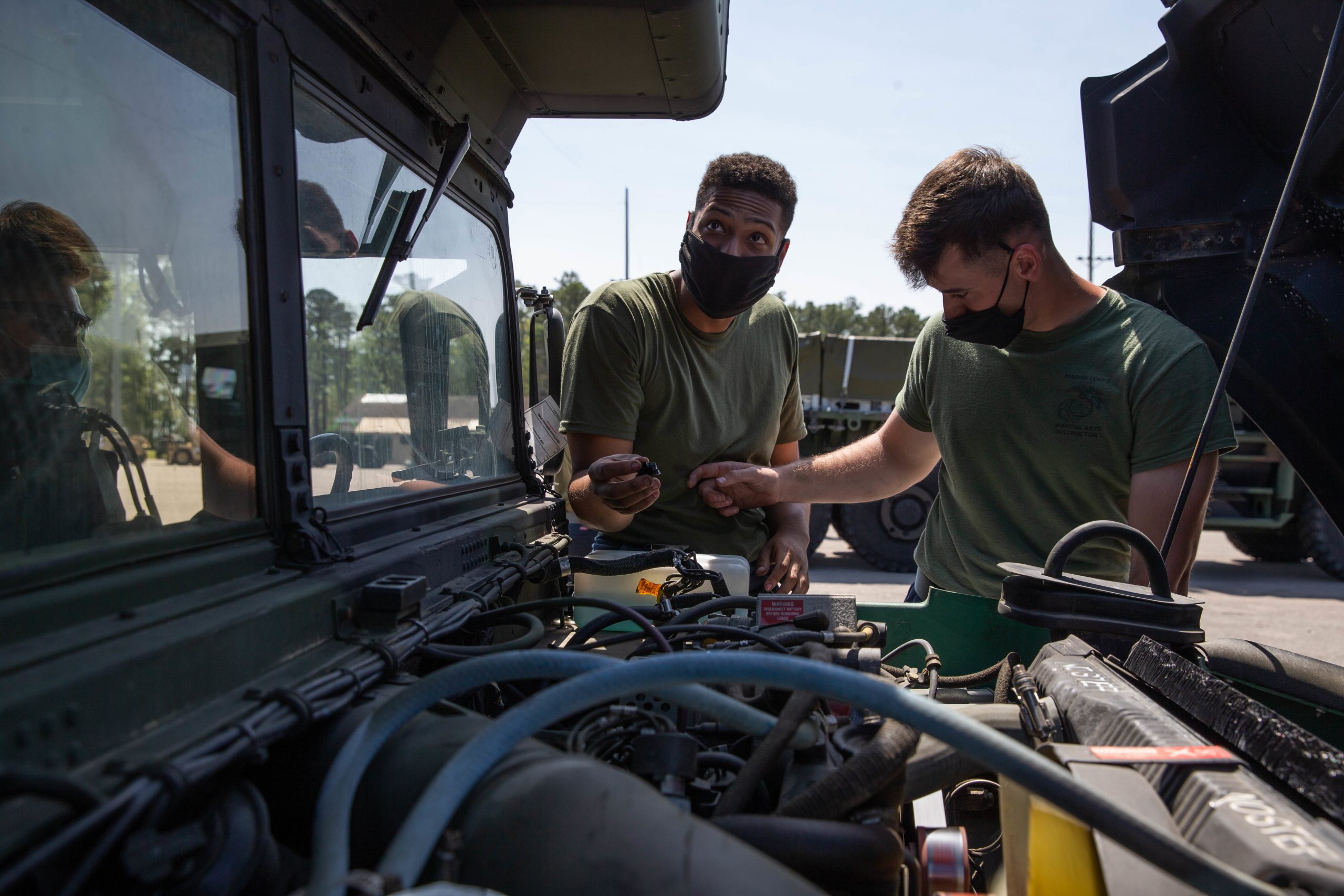
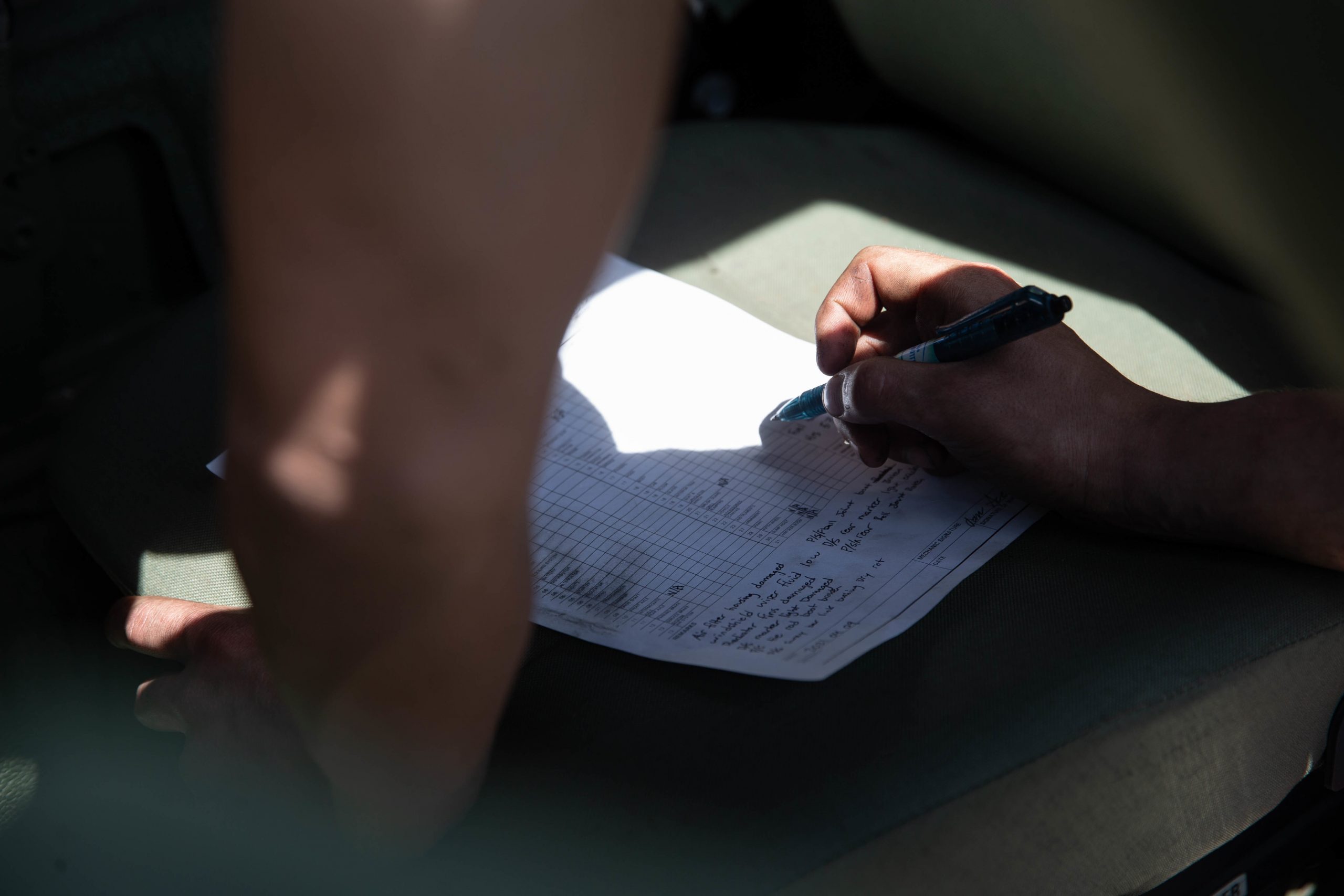
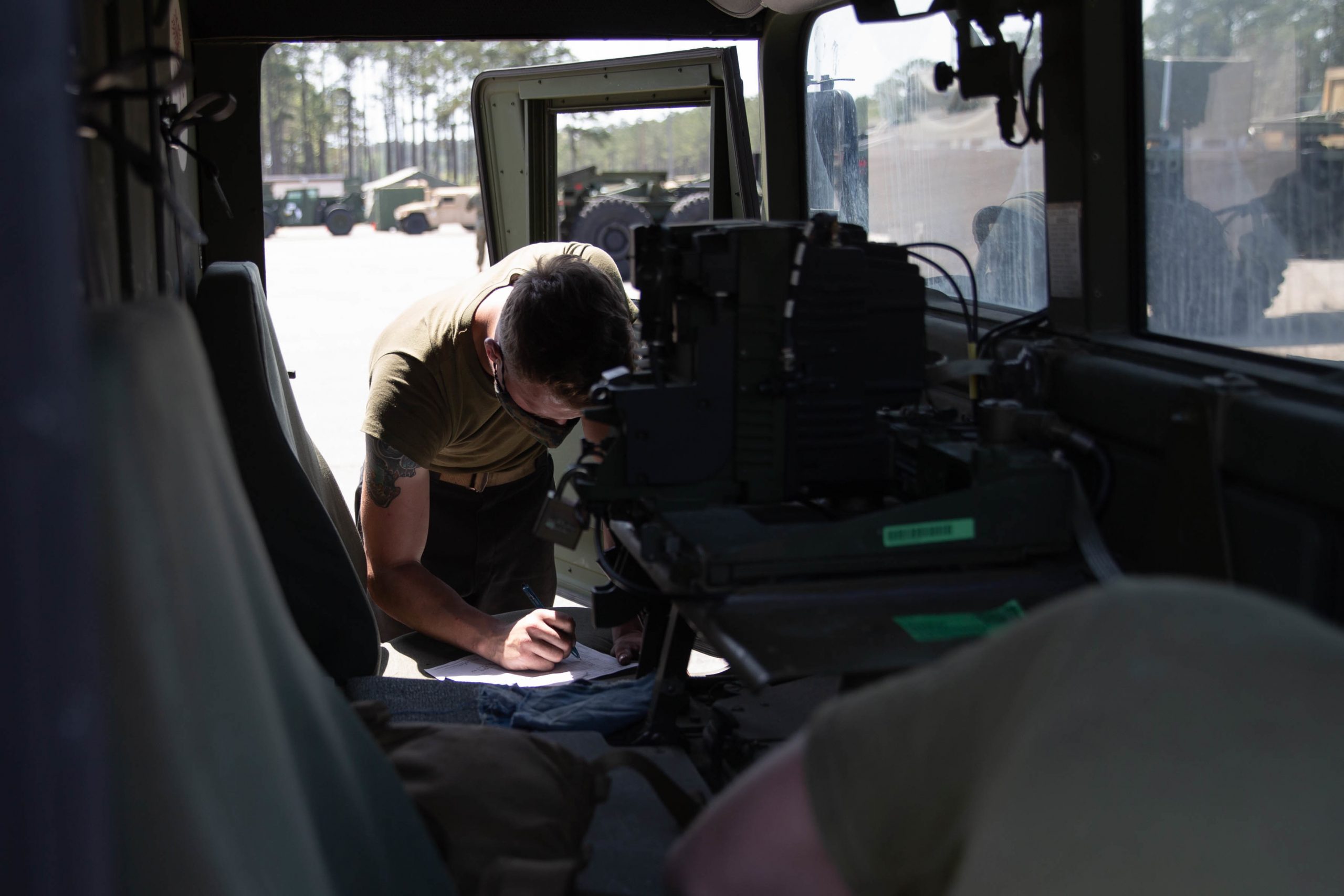
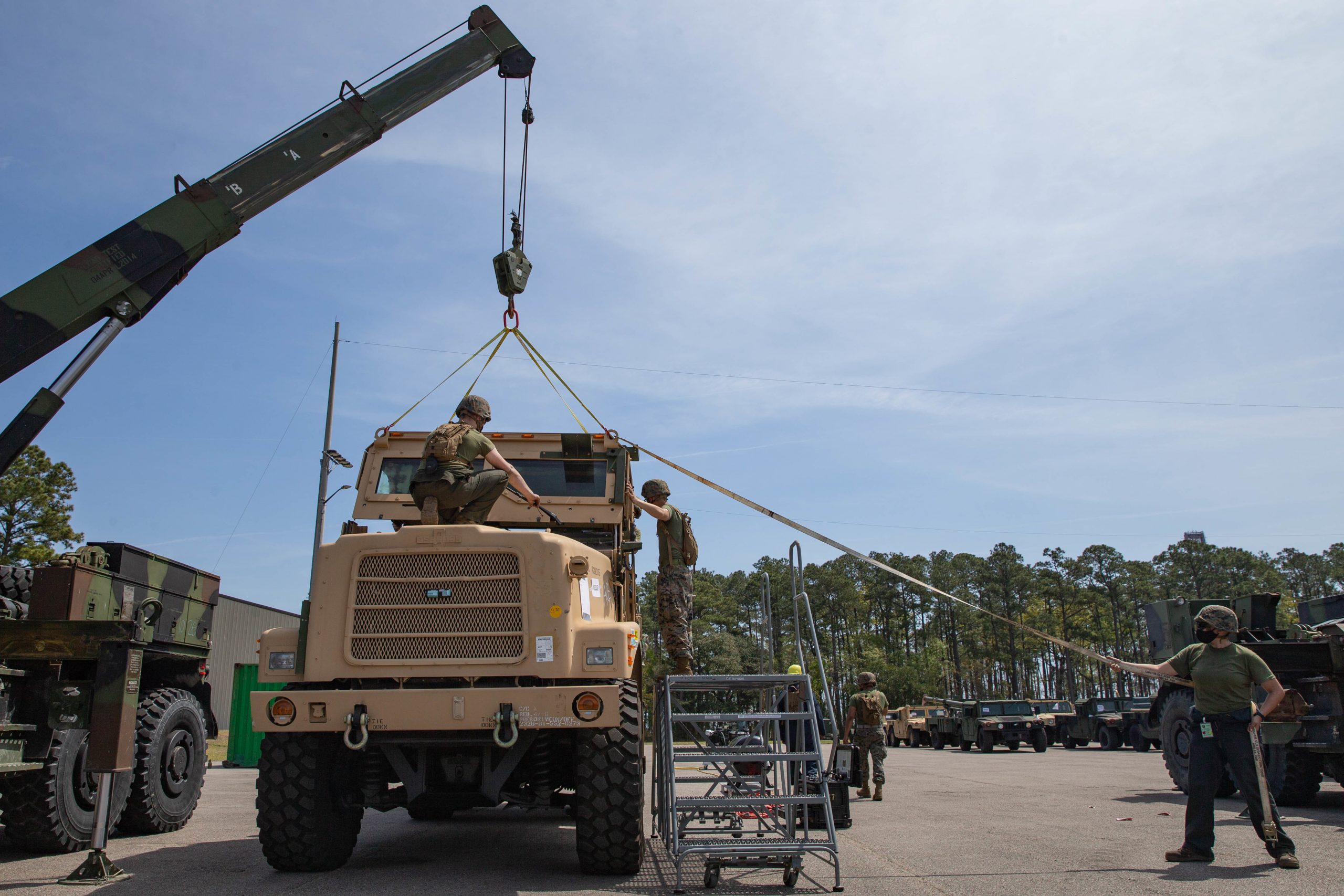
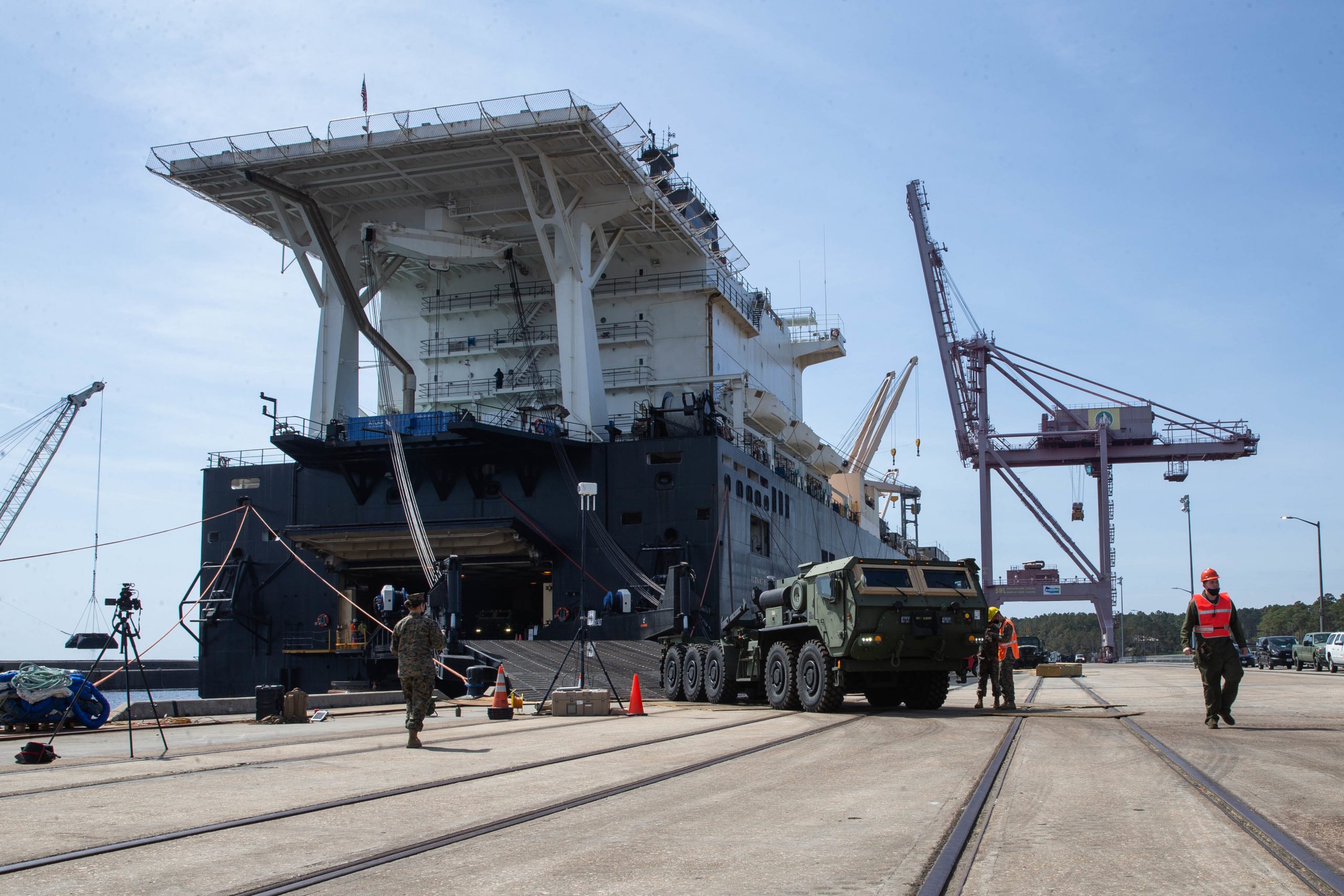
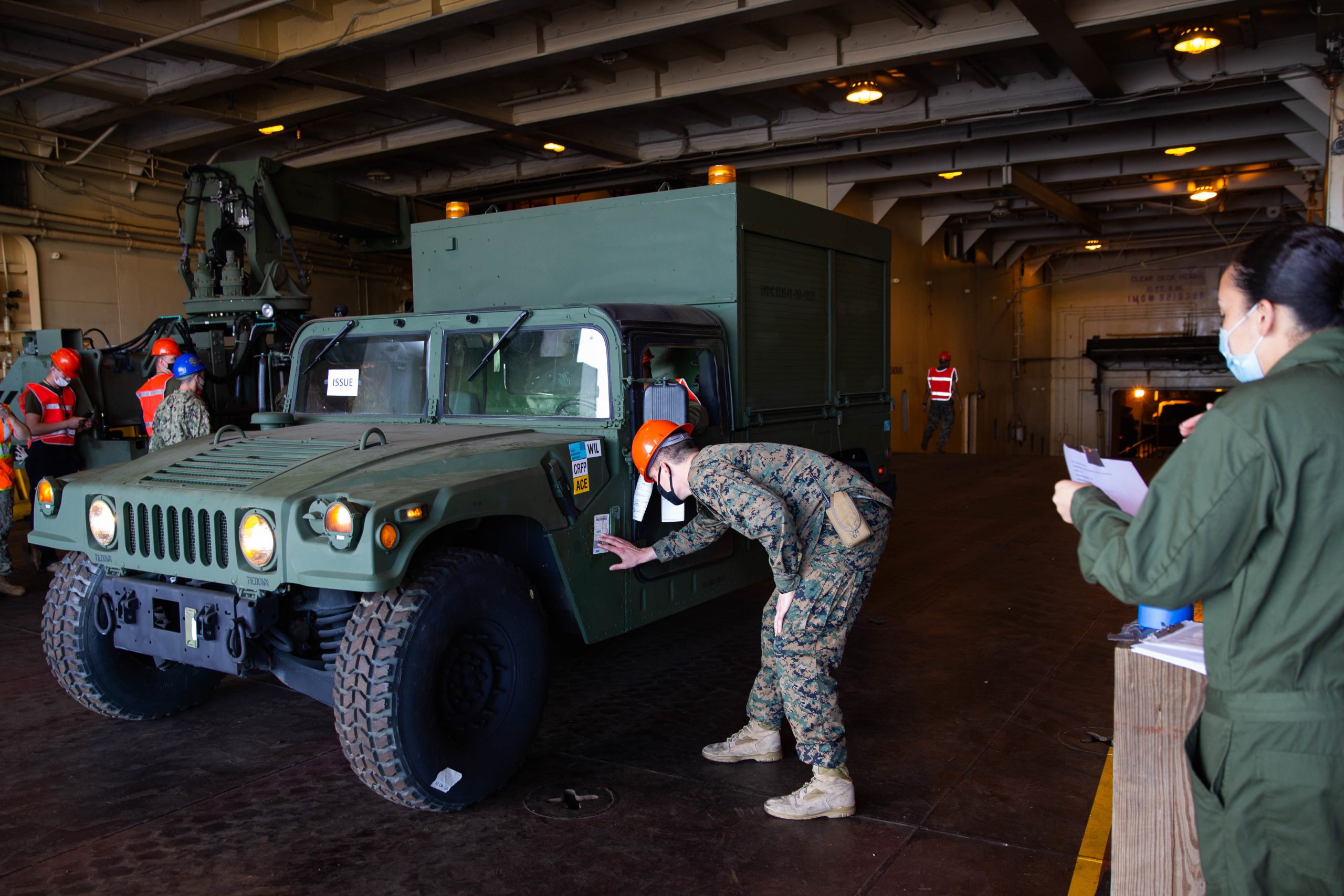
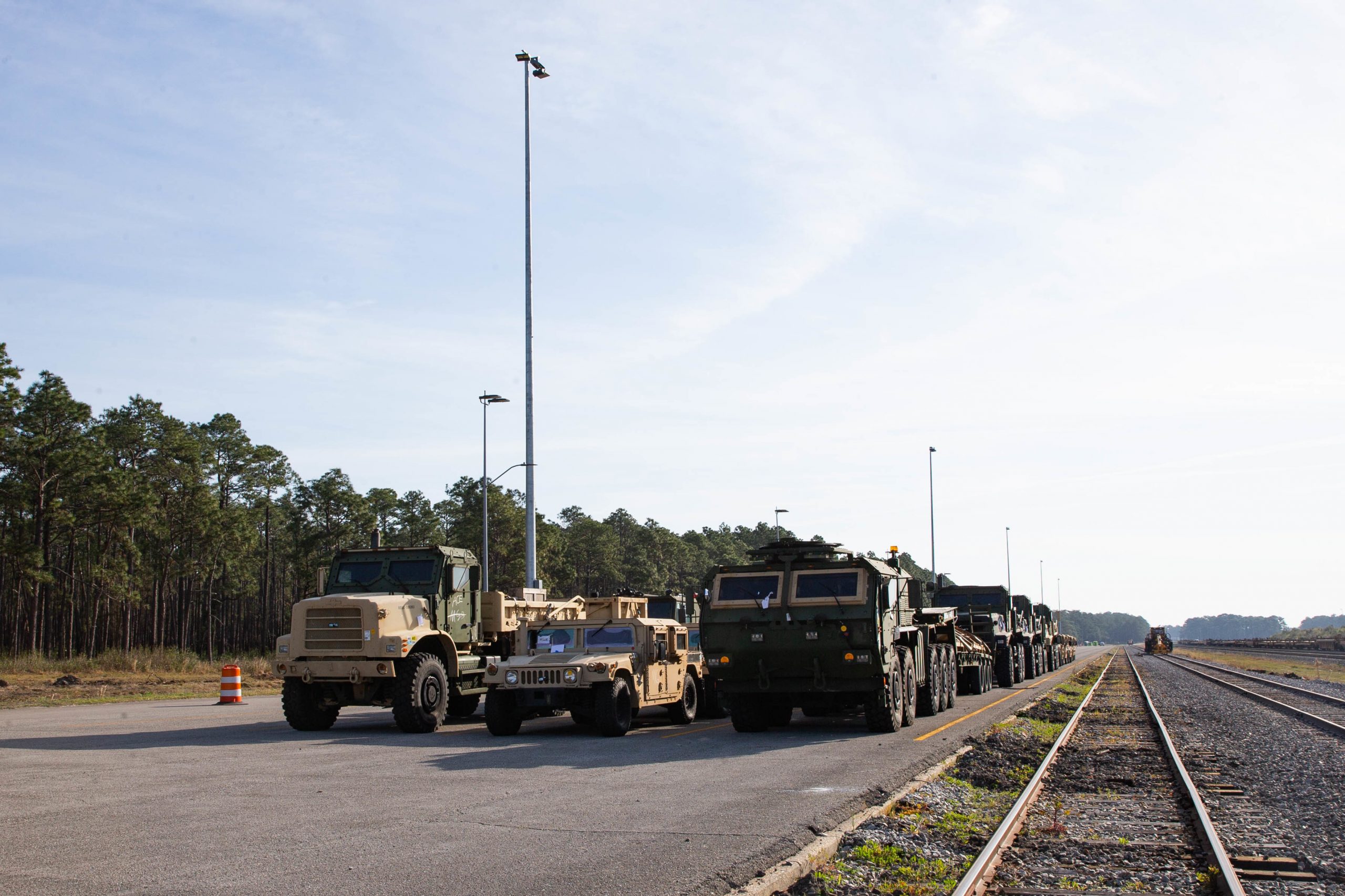
64th Aggressors pilot and maintenance Airman prior to take off for Red Flag 21-2 at Nellis Air Force Base, Nevada, March 9, 2021.
NELLIS AIR FORCE BASE, NV
03.09.2021
Video by Senior Airman Dylan Murakami
Nellis AFB Public Affairs
By Pierre Tran
Paris – Naval Group has appointed Lilian Braylé as executive vice-president to run the Australian program to build 12 ocean-going Attack class submarines, the French shipbuilder said May 11.
“Lilian Brayle will join Naval Group on 31 May as executive vice-president for the Australian Future Submarine Program,” the company said in a statement.
Braylé, as head of program, will manage teams in France and Australia with the stated objective of being able to deliver the program on time and on budget, while drawing on the Australian supply chain and spending at least 60 percent of contract value in Australia, NG said.
Braylé will be supported by John Davis, chief executive and deputy head of the program and David Peever, chairman of Naval Group Australia, NG said. Braylé will sit on the Naval Group executive committee.
Brayle has worked in France and Australia, and holds dual nationality. His previous employer was Nexter, a land weapons manufacturer, where he was head of support and customer services, the company said.
Previously, Brayle worked on the Airbus A400M military airlifter program, as head of service support, and before that he worked at ATR, the Franco-Italian regional turboprop aircraft manufacturer.
Brayle was in Sydney between 2002 and 2008, working for the Australian unit of Safran, a French supplier of aero-engines and equipment, the company said.
His studies include the management school at the university of New South Wales, engineering school INSA in Toulouse, southwest France, and mechanical engineering at Sheffield university in the UK.
The previous program director on the Attack submarine, Jean-Michel Billig, moved to other duties, NG executive chairman Pierre Eric Pommellet told journalists March 30.
NG would meet the requirement for at least 60 percent of local content by the end of the submarine program, Pommellet said.
The company is in negotiations for the contract for basic design, which is expected to last two to three years, followed by detailed design, and then manufacture.
Meanwhile, UK daily The Times reported May 11 from Australia that vice-admiral Jonathan Mead of the Australian navy was conducting an internal inquiry on the A$90 billion ($71 billion) submarine program.
The inquiry was taking place amidst delays in the program and at a time of heightened tension between Australia and China, the report said.
Mead has warned the Attack boats “may arrive too late to pose any deterrent to Chinese aggression,” the report said, adding that Chinese president Xi Jinping has pledged to take control of Taiwan by 2050.
China would take “retaliatory” measures, including long range strikes, if Australia defended Taiwan, Chinese newspaper Global Times has reported, The Times reported from Sydney.
Meanwhile, Australia announced its budget, which expects a 2021-2022 deficit of A$106.6 billion, which is A$53 billion less than forecast in the previous budget, UK daily The Guardian reported from Australia. Higher than expected rises in iron ore prices and a quicker and stronger than expected recovery in the economy underpinned that reduced forecast deficit.
Net debt was forecast to peak in mid-2025 at A$980 billion, or 40.9 percent of gross domestic product, the report said.
By Robbin Laird
As the U.S. Navy reworks how to do blue water expeditionary operations into and through the North Atlantic with integrated capabilities with our Nordic and Baltic allies, how best to shape an expeditionary approach for an offensive-defensive enterprise?
What building blocks are essential to work more effective Marine Corps engagement in such an effort? And what does the U.S. Navy need to do to enable more effective Marine Corps engagement?
And how does the USAF and its evolving capabilities, such as the coming of F-35s at RAF Lakenheath come into play?
Finally, how does the defense transformation being undergone by our allies in the North Atlantic intersect with the changes being driven by the U.S. Navy and supported by the USMC?
The broad point is that there are several trajectories of change in the process of change and working how to get the most effective convergence of combat capability is a major challenge.
During my visit to Camp Lejeune in April 2021, I had a chance to discuss these challenges with LtCol Daniel Macsay, an Expeditionary Operations Officer. He highlighted a number of the challenges which needed to be met to enable the Marines to be effectively engaged in North Atlantic force transformation.
I will highlight a number of takeaways from the conversation, and am not holding him responsible for what I took away from the conversation. But what is clear is that the process of change has fully engaged II MEF and very experienced Marines, like LtCol Macsay are fully engaged in the process of creating real capabilities for the strategic shift from the land wars to the Fourth Battle of the Atlantic.
The first point may seem obvious but it is crucial.
There is a strategic triangle among the seabases, the land bases and airpower which enable the combat effects to be delivered throughout the North Atlantic defense arc from Florida to Finnmark.
As the Marines go ashore, or operate afloat, what is the major focus, mission or contribution?
One area of interest is the evolving capabilities for the reconnaissance mission.
How might ashore Marines throughout the arc connect with the US Navy, the Air Force and allies, to provide enhanced information central to the fight?
This could be targeting information; this could be crisis management information; this could be providing information in a key situational awareness gap.
But for this to work, the C2 side of the equation needs to be significantly worked.
How does Navy C2 onboard the amphibious and strike fleet integrate to provide a grid into which Marine Corps reconnaissance information most effectively flow?
The second point is that we are at early days in terms of Navy-Marine Corps integration.
We discussed Navy and Marine Corps targeting which currently is not well integrated.
But there is also a C2 challenge.
As LtCol Macsay put it: “We have got to get past the idea that the Navy has one lane, and we have another.
“If there’s specific skills and functions that we can do and ones they can do, then we need to work ways to operate more effectively together?”
The Marines having worked ashore in the land wars, have worked very effective C2 for fires solutions ashore.
The Navy is focused on C2 for the blue water fight.
How can these two efforts become blended with a more effective capability to work the triangle of seabases, airpower, and ashore forces?
This is a significant strategic reset that requires training, experimentation and acquisition of capabilities to enhance their ability to work together.
Scalability of the force is a key capability which is the target of Marine Corps-Navy integration but how to enable such a capability?
The third point is honing skills operating as a distributed force within an integrated battlespace.
This means shaping new skill sets, and in LtCol Macsay’s words: “Building a discipline that allows us to actually deploy with distributed command and control.
“This requires shaping capabilities where the overall commander can have a serious level of confidence in the distributed force’s ability to carry out command guidance.”
And the final point is that this needs to be done in a denied combat environment as necessary.
For this to happen, reducing demand on communications bandwidth is required.
This requires enhanced training of the forces working together in the distributed combat environment so that there is a good deal of in LtCol Macsay’s words, “implicit understanding of what to do” that does not need to be communicated over networks sucking up bandwidth.
This makes the training function increasingly important to shaping the new combat approach and capability to be relied upon in North Atlantic defense.
Rather than having to do too much explicit communications, “we need to shape enhanced implied communications capabilities.”
By reshaping operations, and the exercises that support the process of changing how to operate, the template for change is created within which technologies can be identified which further the approach.
Rather than waiting for new technologies that operate as magic wands to deliver feasible Marine Corps-Navy integration, the approach of Second Fleet and Allied Joint Force Norfolk under VADM Lewis to craft the template now and technology will follow seems to make a lot of sense to North Carolina based Marines.
The featured graphic: Map of the Gulf and North Atlantic stream in the Atlantic Ocean